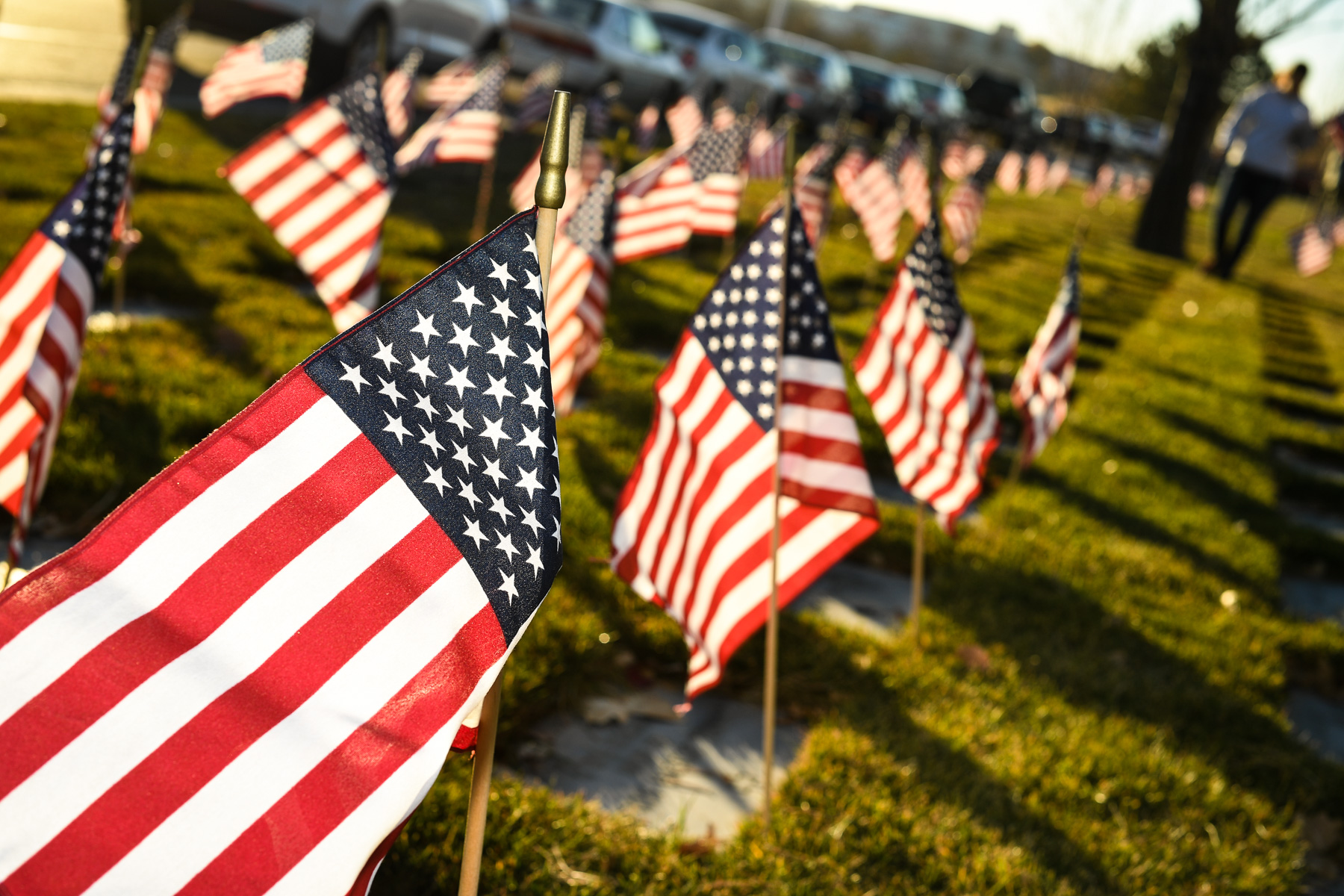Flag Day, what in the heck is Flag Day anyway? It comes once a year on June 14, but does anyone know why Flag Day is celebrated every year? It is not a federal holiday. After doing a little Google research I found out that Flag Day commemorates the date in 1777 when the United States approved the design for its first national flag.
Five Facts about Flag Day:
- Did you know that an Ohio high school kid designed the 50-star flag? In 1958, 17-year-old Robert G. Heft was living with his grandparents when he was given a school project to design a 50-star flag reflecting the addition of Alaska and Hawaii to the nation. Heft got a B- on his project… later upgraded to an A after President Eisenhower picked Heft’s flag design as the new banner of the nation.
- If you have ever seen a Marine wearing a backward flag patch on his fatigues, it is not because he put on his uniform inside-out. According to The Institute of Heraldry, flag patches on military uniforms should be worn with the star field always facing front to mimic a flag blowing in the wind as soldiers charge into battle.
- The United States knows how to do things big—and the country does not fall short when it comes to the flag. The Super flag, currently the largest American flag in the world, was also previously the world record holder for the world’s biggest flag in the Guinness Book of World Records. It weighs 3,000 pounds and requires at least 130 people to move it.
- When hung outside, the flag should only be displayed from when-to-when Sunrise to sunset. Learn more about flag etiquette and what not to do with the American flag
- Captain William Driver started a trend when he shouted, “Old Glory!” as his flag opened for the first time back in the 1800s. According to the Smithsonian Institution, his flag initially had 24 stars before being remade with 34. Later, Driver moved to Tennessee and when the Civil War began, the flag survived—sewn hidden inside of a quilt.
History of the American Flag
The first American flag was designed to represent the 13 original colonies with 13 white stars on a blue field and 13 alternating red and white stripes.
One of the first flag designs had the stars arranged in a circle, based on the idea that all colonies were equal.
In 1818, after a few design changes, the United States Congress decided to retain the flag’s original 13 stripes and add new stars to reflect each new state that entered the union.
When the American Revolution broke out in 1775, the colonists participating in the war for independence against the British fought under their own flags. In June of 1775, the Second Continental Congress met in Philadelphia to create the Continental Army—a unified colonial fighting force—with the hopes of a more organized battle against its colonial oppressors. This led to the creation of what was, essentially, the first “American” flag, the Continental Colors.
It is believed that Betsy Ross made the first American flag. However, there is no historical evidence that she contributed to its creation. It was not until her grandson William Canby held an 1870 press conference to recount the story that the American public learned of her role. It has since been confirmed that Francis Hopkinson, a delegate from New Jersey who signed the Declaration of Independence, designed the American flag.
“When we honor our flag, we honor what we stand for as a Nation — freedom, equality, justice, and hope.” Ronald Reagan
Diane Sikora
Intern/Social media coordinator/Reporter


